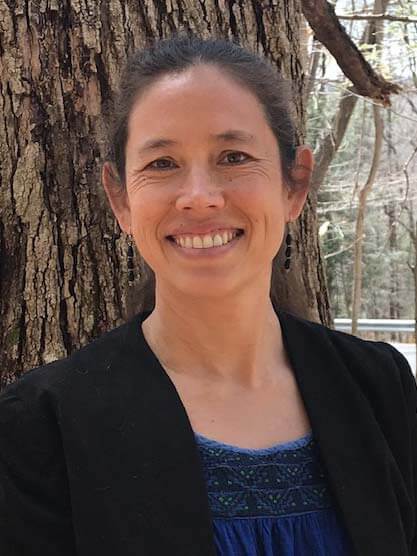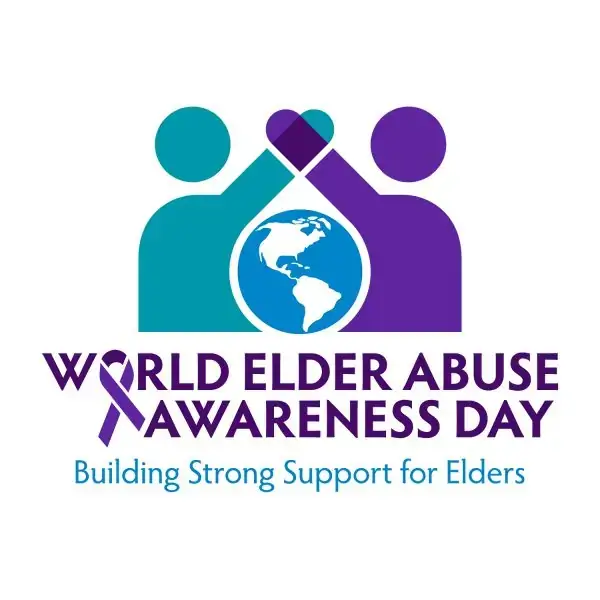There is much to reflect upon, as I write my final The Good Life article and look back over my 35+ years of work within home- and community-based services. Many advances in policies and best practices have occurred, yet we are at a juncture when expedited changes are needed vitally in response to the demographic shifts which are upon us. According to USAging, by 2030, one in five Americans will be 65 and older, and the implications of this demographic shift are far-reaching.
The baby boomer generation has been reshaping society for decades, starting in the 1950s, with a population explosion of boomer children jamming the nation’s schools, and followed by adult boomers overcrowding our labor and housing markets. Fast forward, and we are now at a time where 10,000 boomers are turning 65 each day and the impacts on our labor force, and our retirement and health care systems are clear. Though many older adults are remaining in the workforce longer, millions of boomers are retiring each year. Strains on the labor force are further exacerbated by reduced immigration flows and ‘The Great Resignation’ of 2021, sparked by the pandemic, that has employers scurrying to find workers across all sectors.
I clearly recall the start of my career as a time when case management and home care services were obscure concepts, and skilled nursing facilities were the place where most individuals in need of care lived out their remaining years.
As a boomer, who is fast approaching retirement, I am a part of the first generation of women to have spent the majority of our lives in the workforce, and to earn social security as a worker instead of as a spouse. I am also a part of a generation, born between 1946-1964, whose average life expectancy now stands at 79, whereas the average life expectancy was 63 when the first boomer was born.
Surprisingly, according to The Journals of Gerontology, boomers are not necessarily any healthier, and are actually living with more chronic conditions than earlier generations. A contributing factor of significance is loneliness, which according to the National Institute on Aging, is considered to be our fastest-growing public health crisis, and is linked to increased risk of high blood pressure, obesity, diabetes, a weakened immune system, cardiovascular disease, dementia, depression, and anxiety.
The paradox of a longer lifespan is explained, in part, by increased use of life-extending medications, improved medical care, and enhanced screening. It is essential that we look beyond interventions that maximize life expectancy, and instead prioritize well-being and achieving longevity with improved health. Attending to loneliness through enhanced social opportunities, supporting healthier diets, more exercise, and better access to health education and chronic disease self-management will further mitigate the leading risk factors and enhance quality of life.
We have seen a significant shift and critical advancement toward improved health outcomes within the past decade as health providers have come to recognize that treating medical needs in isolation is ineffectual. Instead, social determinants of health—which are nonmedical factors inclusive of where people are born, grow, work, live, and age—influence health outcomes. Social factors, such as income, education, access to food, housing, and transportation, can create barriers to access, and require culturally-appropriate attention in order to provide effective interventions. Partnerships have emerged between healthcare providers and experienced community-based organizations such as LifePath. Through our person-centered, person-driven approach, which fosters choice and provides targeted resources, individuals are able to positively impact their overall health with services which are best suited to address their needs.
Investing in the home- and community-based services (HCBS) workforce is a critical next step to attend to the care needs of our nation. As cited by the U.S. Department of Health and Human Services, by 2050, those over age 85 are projected to more than triple, and an estimated 70 percent of older adults reaching age 65 are expected to require, in their lifetime, some type of long-term care assistance, such as help with bathing, dressing, meal preparation, medication management, housekeeping, and transportation. Sweeping changes are imperative to attract and train new home care workers and invest in, retain, value, and professionalize the current workforce who continue to carry out this essential work. The vast majority (88%) of older adults and younger persons with disabilities wish to remain living in their homes for as long as possible, as they age. Yet, many end up living in more costly, and less desirable, skilled nursing facilities, not because they need the level of specialized medical care provided in those settings, but solely because our HCBS systems are sorely underfunded and understaffed to enable individuals with care needs to remain in their communities and the place they call home.
I clearly recall the start of my career as a time when case management and home care services were obscure concepts, and skilled nursing facilities were the place where most individuals in need of care lived out their remaining years. A gradual shift evolved, with a recognition that most who require the skills of a nursing facility thrive best with short-term rehab and have the right to choose to ultimately return to their preferred home setting. Massachusetts has been a leader in building infrastructure and diverting funds towards home- and community-based services. We are at a critical juncture where the Biden Administration needs the full support of Congress to finally shift the bias and federal funding away from institutional care and toward supporting long-term care at home.





